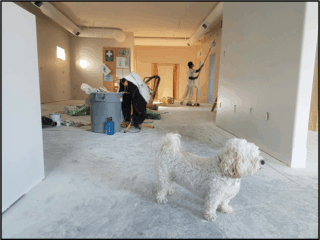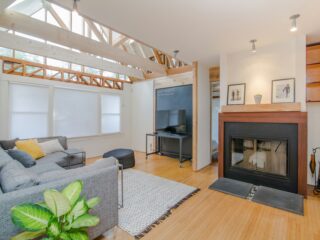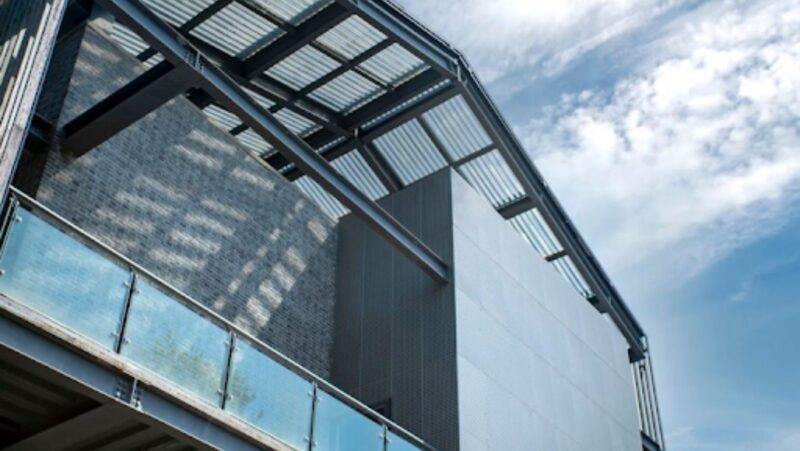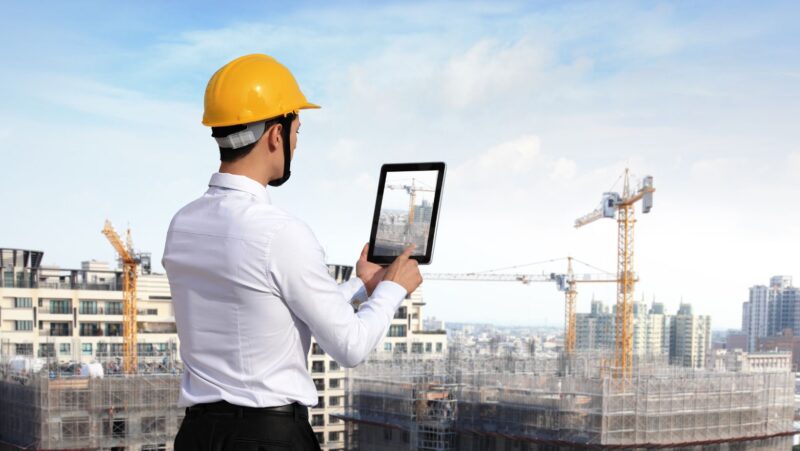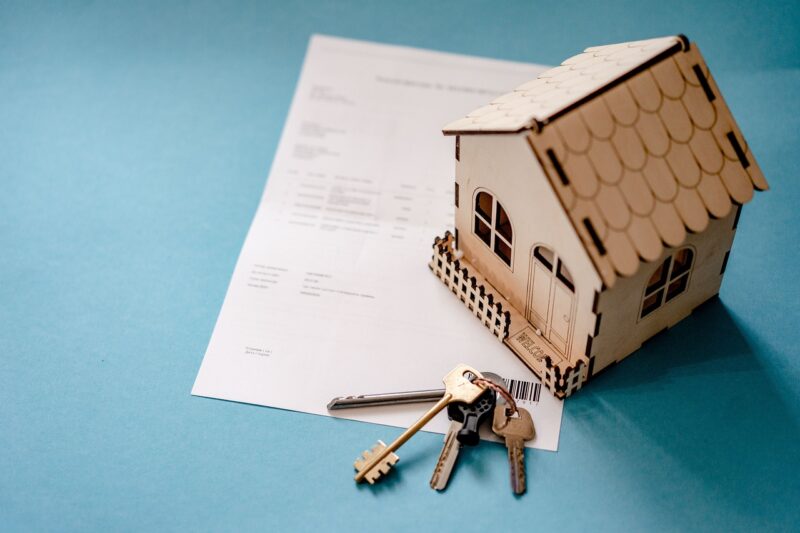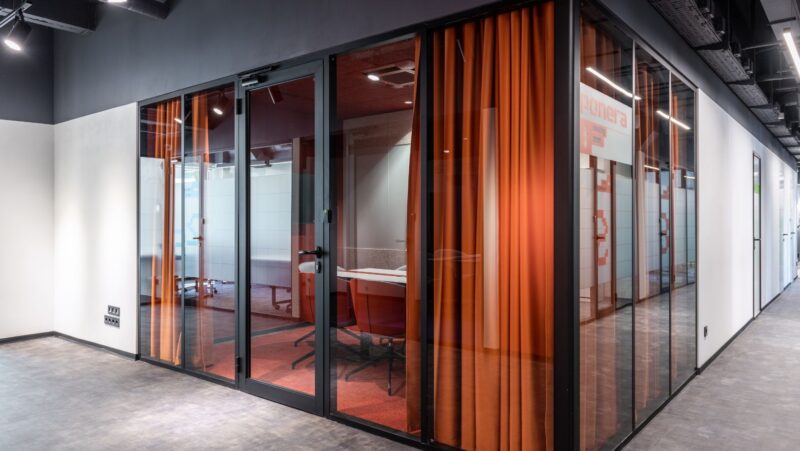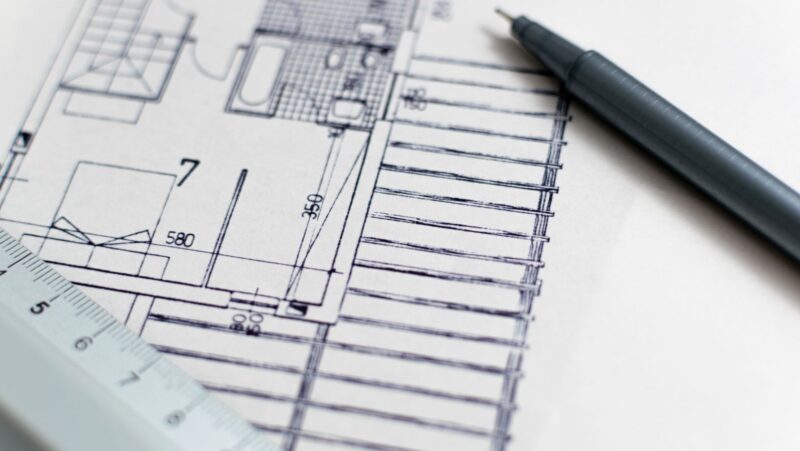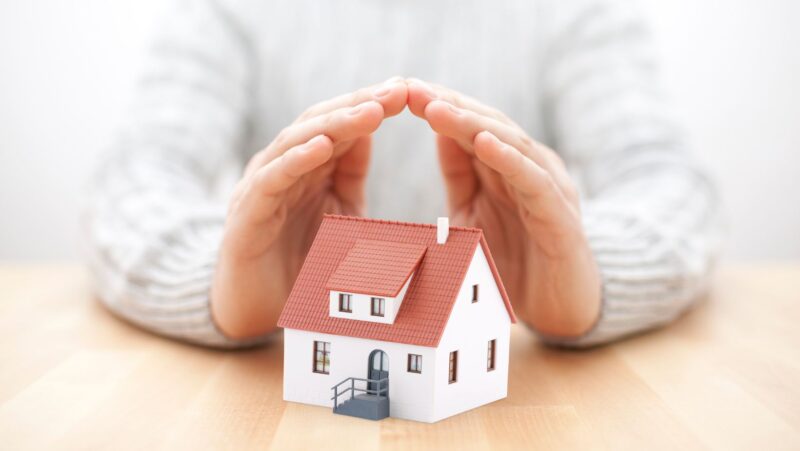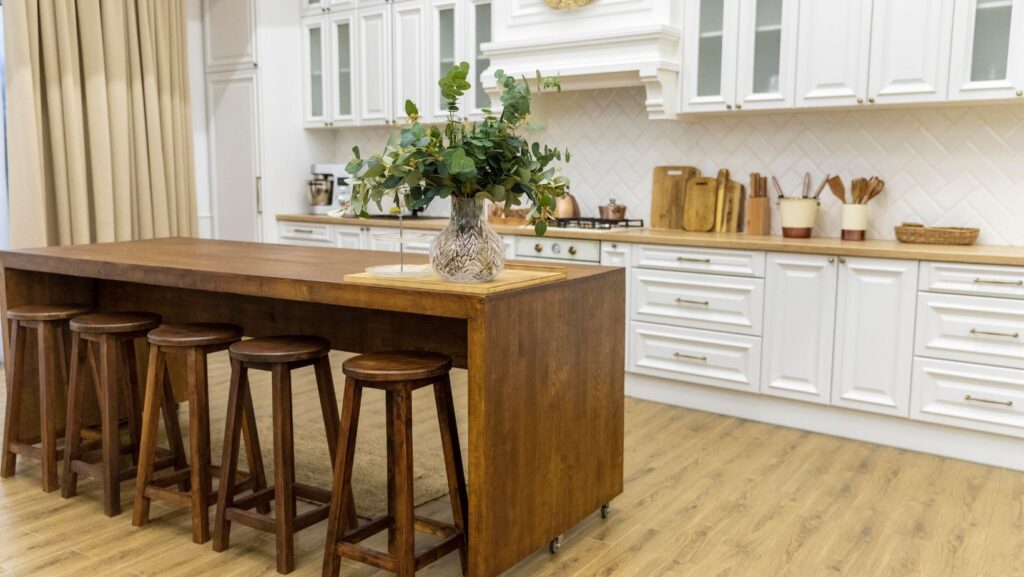
When it comes to building materials, some things never go out of style.
One of those timeless elements is hardwood, which is known for its natural beauty, strength, and ability to blend seamlessly into both traditional and contemporary architectural designs.
While trends come and go, hardwood continues to be a top pick for architects and designers alike.
The Allure of Hardwood in Modern Design
Hardwood offers something that synthetic materials can’t – authenticity. Whether you’re using it for flooring, wall paneling, furniture, or accent features, hardwood brings a warm and organic feel to a space.
Architects and interior designers prefer looking for hardwood for sale because of its charm and versatility. It complements minimalist interiors just as effortlessly as it enhances rustic or industrial settings.
The grain patterns, the subtle color changes, and the way it ages all contribute to the luxurious feel that is hard to replicate.
Sustainability
In a time where eco-conscious design is preferred, it’s important to consider where your materials are coming from. Hardwood is a sustainable material when it is sourced responsibly. It can offer durability without harming the planet.
That is why finding quality hardwood from sustainable suppliers is critical.
Durability
Hardwood is a solid and sturdy material. Using it for interior design, exteriors, or furniture ensures that the foundation will be strong and will last for years to come.
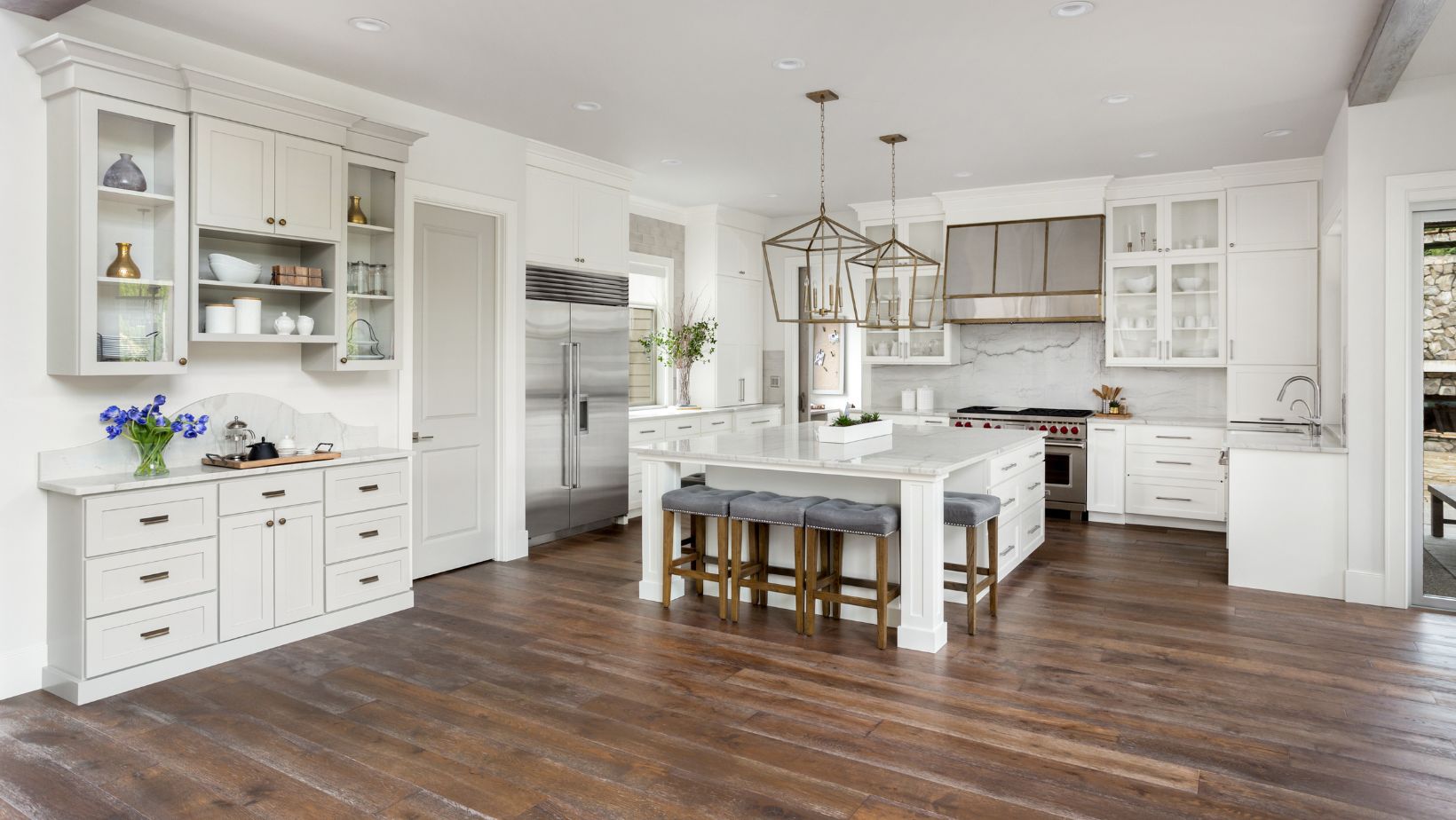
Although hardwood is not entirely resistant to scratches or dents, it is relatively harder to damage it.
Acoustic Performance
Solid wood surfaces help manage sound better than most synthetic alternatives, which is especially valuable in open-concept spaces.
Practical Benefits
Hardwood isn’t just pretty to look at. It’s also incredibly functional.
Here are some reasons architects favor hardwood that go beyond aesthetics:
- Thermal Properties. It offers natural insulation, keeping spaces warmer in the winter and cooler in the summer.
- Low Maintenance. Hardwood is easy to clean and maintain with regular mopping and sweeping.
- Resale Value. Properties with hardwood elements often retain or increase in value due to the material’s appeal and longevity.
Design Applications in Architecture
Whether it’s a fancy staircase made entirely out of wood or an open-plan home, hardwood can be used in more than just flooring.
Some popular uses include:
- Exterior cladding for a natural look
- Interior paneling to add texture and depth to walls
- Custom cabinets and built-ins
Hardwood also pairs well with other trending materials, such as steel, concrete, and glass.
Things to Consider When Selecting Hardwood
When you’re considering using hardwood for a project, take a moment to ask the right questions, like:

- Which type is best for your climate and usage?
- Is the wood pre-finished or raw?
- What are the finish options?
- Is the source certified or reclaimed?
These details not only affect the look and feel of the final product but also its maintenance, cost, and environmental impact.
Final Thoughts
Hardwood isn’t just another building material. It has timeless elegance, structural integrity, and eco-friendly potential that make it a foundational element in modern architecture.
Whether you’re going for a sleep design or warm minimalism, choosing the right hardwood will elevate your work from standard to standout.



